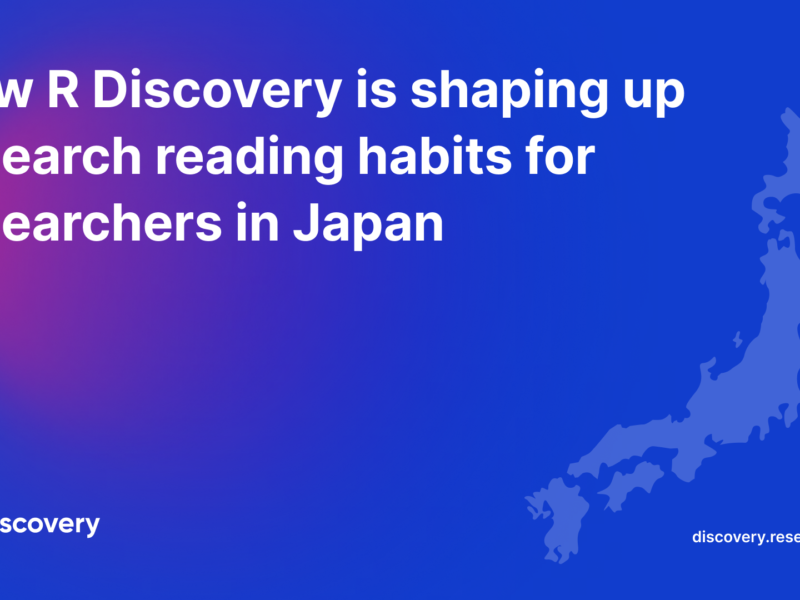
In 2010, Jeffrey Beall, an academic librarian and associate professor at the University of Colorado Denver, published the ground-breaking Beall’s List of predatory journals. This comprehensive list of potential, possible, or probable predatory scholarly open-access journals aimed to expose publishers who engaged in unethical practices. For many years, the Beall’s List served as a valuable resource for researchers to identify and avoid predatory journals. However, the list faced its fair share of critics, which eventually led to its removal. This article explores the rise, reactions, and fall of the Beall’s List of predatory journals and considers its future.
Understanding the rise of predatory publishing
The rise of open-access publishing allowed researchers to publish their work quickly and reach a wider audience without the long wait and high costs associated with traditional publishing. But it also opened the door to predatory publishers who exploited this new model, putting financial gain before quality research. Predatory journals employ deceptive tactics, such as fake peer-reviews and low editorial standards, often publishing substandard or even fraudulent research.
The growing threat of predatory publishing raised alarm within the academic community. Publishing in predatory journals undermined the integrity of scientific research and resulted in the spread of unreliable, unverified, or even falsified research. This created confusion and mistrust among general audiences who previously looked to science to make informed decisions in fields such as medicine, environmental sciences, or engineering.
The emergence and impact of Beall’s List
Many researchers and scholars, especially from developing countries or with limited resources, fell prey to these predatory practices. Researchers who published in predatory journals were seen as less credible by their peers, funding agencies, and institutions, which often led to the loss of valuable collaboration and job opportunities. Beall’s List quickly gained recognition and popularity among researchers, librarians, and academics worldwide. It served as a warning system for researchers, helping them identify and avoid illegitimate or questionable open-access publishers and journals.
Beall’s List initially only included a few hundred potential predatory publishers and standalone journals but quickly grew to include thousands of entries. Beall also created criteria to evaluate publishers, including a lack of transparency, unethical business practices, and low-quality editorial standards. The list contained several categories of publishers and journals, such as those that engage in spamming, hijacking, or phishing; those that have fake or non-existent editorial boards; those that have poor or no peer-review processes; those that charge high fees for publication or indexing; and those that have misleading metrics or indexing services.
The list was based on Beall’s own research, analysis, and communication with other experts and victims of predatory publishing. While the list was not perfect and some legitimate publishers and journals might have been mistakenly included or excluded, it definitely was a useful starting point for anyone looking to publish or read scholarly articles in an open-access context.
Criticism and Controversy around the Beall’s List
While the Beall’s list of predatory journals gained recognition and appreciation among many in the academic community, it also faced significant pushback and criticism from researchers, publishers, and scholars. Criticism and controversy surrounded the Beall’s List for various reasons, including the broad inclusion criteria and a lack of transparency around how the list was curated. With Beall being the sole curator of the Beall’s list, there were also concerns about potential biases influencing the inclusion or exclusion of publishers, potentially tarnishing the reputation of legitimate journals.
Another criticism was the absence of a formal appeal process for publishers who believed they were wrongly included on the list. Critics argued this limited the publishers’ ability to address potential inaccuracies or rectify their reputation. This even led to some publishers threatening Beall with legal action, accusing him of damaging their reputation and business interests. Critics pointed out that the concept of predatory publishing was and still is subject to debate; differentiating between predatory and non-predatory publishers was more nuanced than the list accounted for. These legal threats and pressures played a big role in his decision to take down the Beall’s list of predatory journals.
The Removal of Beall’s List
In January 2017, Beall took down the list from his blog, Scholarly Open Access, citing personal and professional reasons. The removal of Beall’s List sparked curiosity and concern within the academic community, as it had been a widely used resource for identifying potentially predatory publishers. While Beall did not provide explicit reasons, the potential for legal consequences, intense pressure, and ongoing debates about the list’s credibility likely influenced his decision to remove the list.
This highlighted the complexity of combating predatory publishing and the challenges faced by those attempting to expose unethical academic publishing practices. And without a centralized resource like Beall’s List to identify potential predatory publishers, researchers would be at greater risk of being scammed.
Future Considerations and Potential Replacements
The absence of Beall’s List created a void in the fight against predatory publishing. Many suggested that the academic community should develop a new tool to replace Beall’s List, one that was more objective and inclusive. While no direct replacement for Beall’s List has emerged, several initiatives have emerged to help academics navigate predatory publishing and identify reputable journals. Here are four notable initiatives:
- Cabell’s Blacklist and Cabell’s Whitelist: Developed by Cabell’s International, a prominent scholarly analytics firm, the Blacklist identifies potentially predatory journals, while the Whitelist includes reputable and trusted journals.
- Directory of Open Access Journals (DOAJ): A comprehensive directory of open-access journals, DOAJ ensures the quality and integrity of journals listed through a rigorous application and review process.
- Think. Check. Submit. This campaign educates researchers on journal selection by providing a simple checklist for authors to assess the integrity and reliability of a journal before submitting their work.
- Committee on Publication Ethics (COPE): A global organization that promotes ethical practices, COPE provides guidelines and resources to help academics ensure integrity in scholarly publishing.
Beall’s List of predatory journals played a significant role in raising awareness about predatory publishing and helping researchers find and avoid unethical journals. In its absence, the academic community must find ways to combat predatory publishing and navigate the evolving scholarly publishing landscape while prioritizing integrity, transparency and ethical publishing practices.


